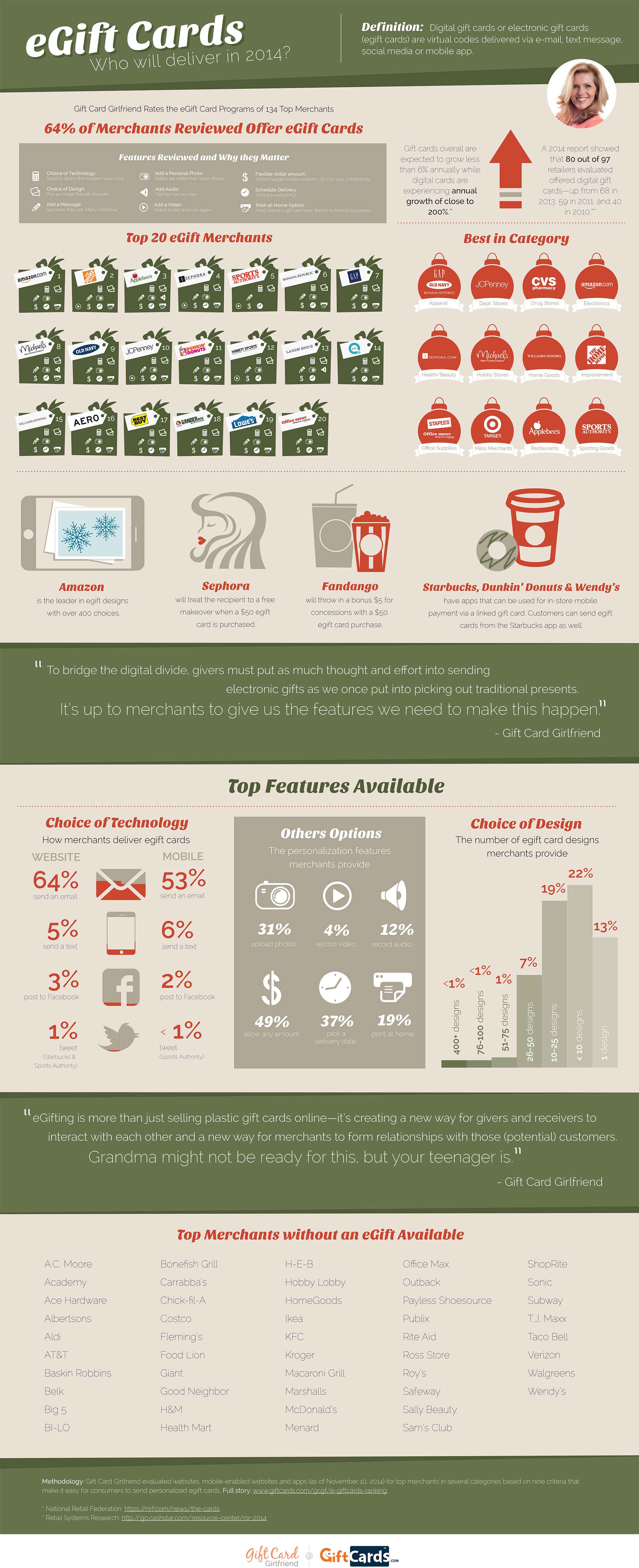Personalized glass awards evoke an undeviating spirit of commitment and quality. They promote a culture of recognition that transcends hierarchical boundaries.
Wheel engraving is shown on a cup most likely made in the 1700s covered with detailed Chinese-style motifs. These motifs revealed obligation to the Jacobite reason. This is a remarkable example of exactly how imported Oriental items affected European design trends.
Origins
As glassmaking ended up being a lot more innovative, engravers became aware that a design added to a piece of glass transformed it from practical into desirable. They explore a selection of damaging, abrading and reducing techniques.
The most competent engravers created great thorough job. Anna Roemers Visscher, that was a glass cutter and engraver, was renowned for her fragile flowers, inspired by the natural history books popular in her time.
Engravers also carved fine linework into glass. By the end of the 17th century, engravers had begun to abandon direct clearness in favour of crosshatched chiaroscuro impacts. One of the earliest examples is tape-recorded on a container by a Rotterdam engraver that signed his deal with a doodled flexibility and vigour that raised it over the rest.
Etching continued to be a prominent method, although it was progressively eclipsed by cut glass and new methods such as etching, which was more affordable than etching. Nevertheless, economic pressures after c1905, together with declining high quality of cut glass, saw a rise in the popularity of engraved glass, known as rock crystal.
Techniques
Glassmakers made use of a selection of strategies to mark or enhance the surface area of a vessel, commonly incorporating various techniques. One method called stipple engraving, for example, uses a point of tungsten or ruby to make small dots on the glass surface area which develop contrasting white lines when light lusters with them.
Engraved glass awards are cherished for their elegance and stature. They mirror the deep esteem and regard that business hold for their workers and promote a culture of excellence.
The clarity of glass personifies the transparency and honesty of corporate acknowledgment, urging receivers to take stock of their achievements and reflect on their trip in the company. Additionally, the capability of engraved glass to display tailored message and imagery allows for the creation of very special and significant awards that evoke the feeling of grandeur connected with this remarkable product.
Designs
From the smooth lines of corporate honors to the engraved text on glass trophies, inscribed crystal is a sophisticated sign of recognition. Whether presented on someone's workdesk or kept as a keepsake, these tailored items convey a feeling of reputation and professionalism and trust that is tough to find in various other products.
The style of personalized glass has actually changed over time to mirror altering tastes and technical advancements. The ancient strategy of copper-wheel engraving has opposed predictions of obsolescence, and new strategies like etching are taking over where stippling as soon as held sway.
The earliest diamond-point inscription, of the 16th century, is stiff and official. It slowly became extra supple and pleasing, but might easily deteriorate into over-elaboration. In the 19th century Thomas Webb & Sons introduced "rock crystal" with deep cutting and copper-wheel inscription, which imitated deluxe vessels cut of rock crystal in Europe and the Orient (see Ewer by Webb & Sons). The firm's major engravers were Bohemian immigrants Frederick Engelbert Kny and William Fritsche, that signed their collaborate with a monogram G.
Definition
Engraved glass was expensive and demanded. This was because it entailed the most requiring glass refining method and depended on the accuracy and effort of a proficient craftsman. The acme of engraving can be found in the 17th century and was quite a part of the Baroque and Rococo durations.
During this moment, engraved cups could be utilized to connect messages of social condition. They would certainly show family members crests and political loyalties. They can likewise flaunt one's taste for the latest style and layout patterns.
Today, personalized glass is still an essential art kind. Nevertheless, breakthroughs in innovation and laser modern technology have streamlined the procedure and made it more exact. The resulting intricate get more info styles are both magnificent and resilient. In addition, new sorts of glass have been established to react better to lasers. This has actually expanded the possibilities for musicians and designers. It likewise decreases the environmental influence of the process. For instance, optical crystal is a superb choice for personalized honors because it is clear and shows light well.
